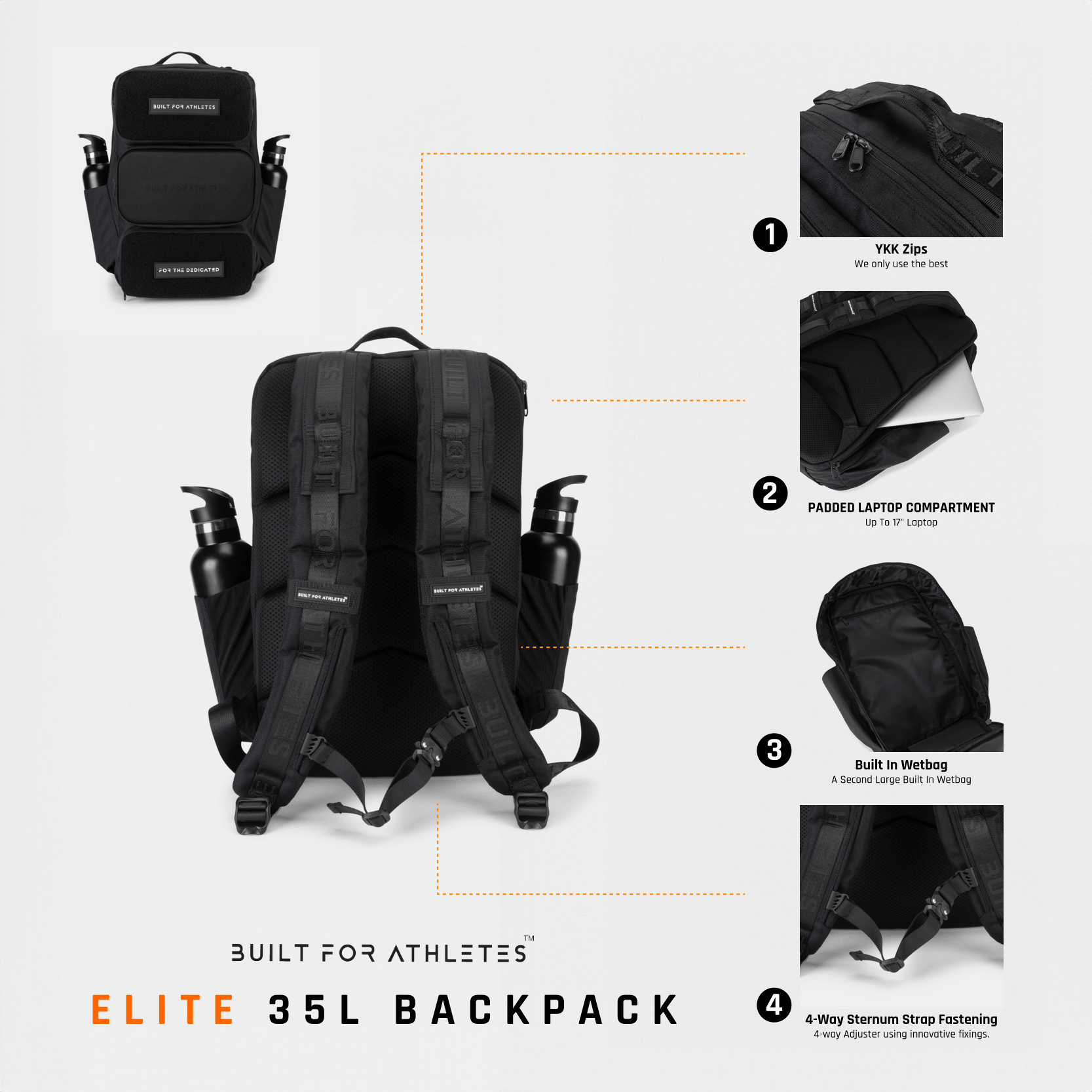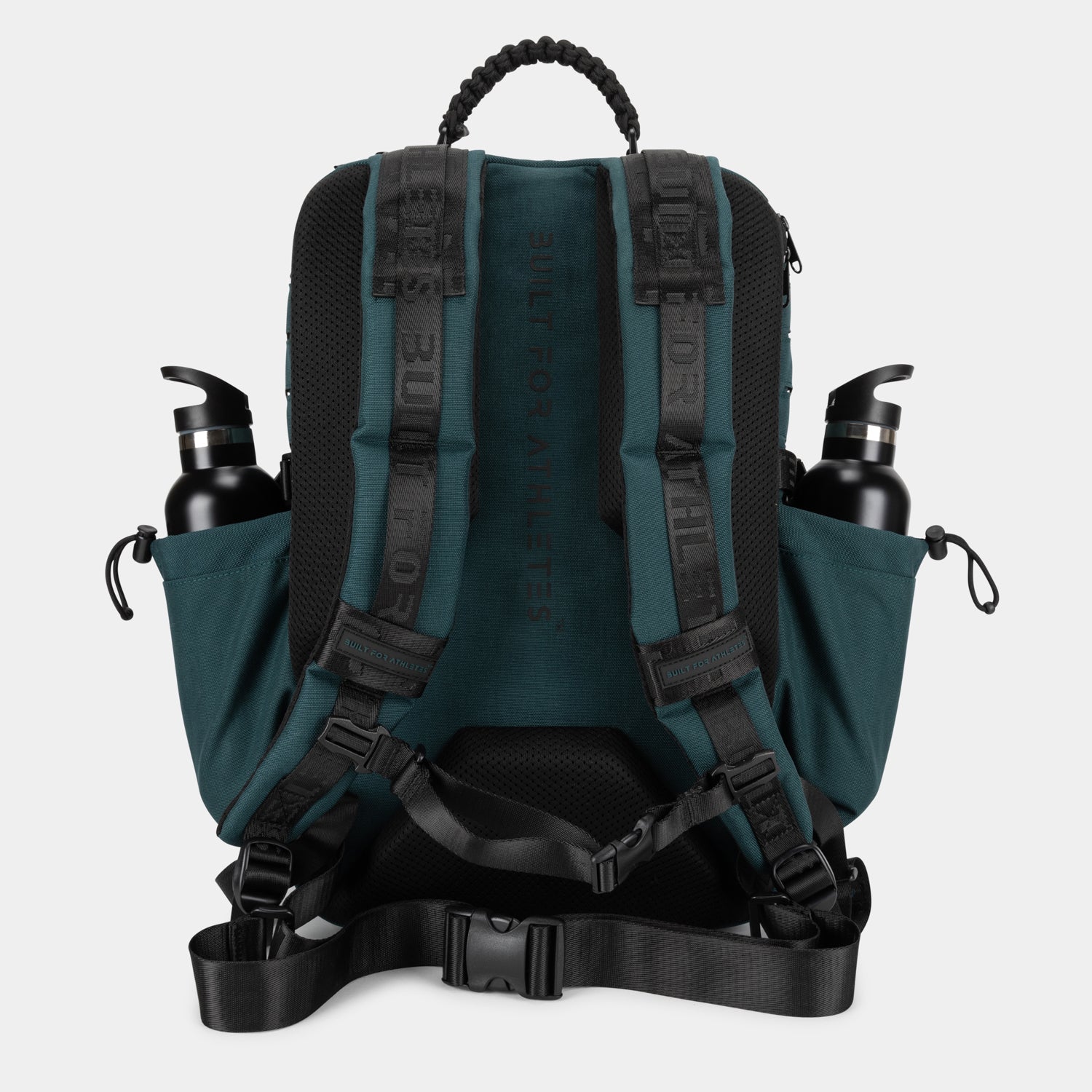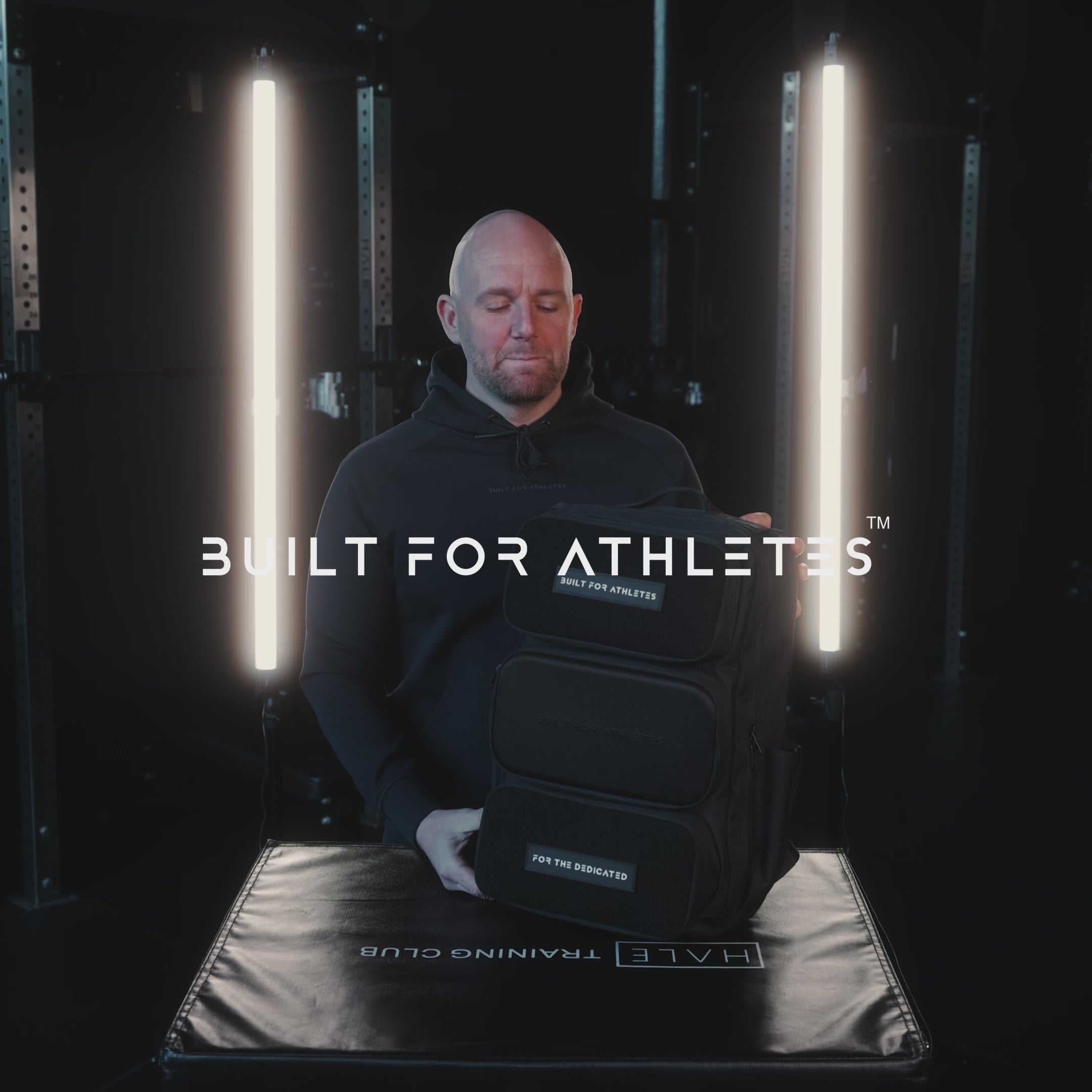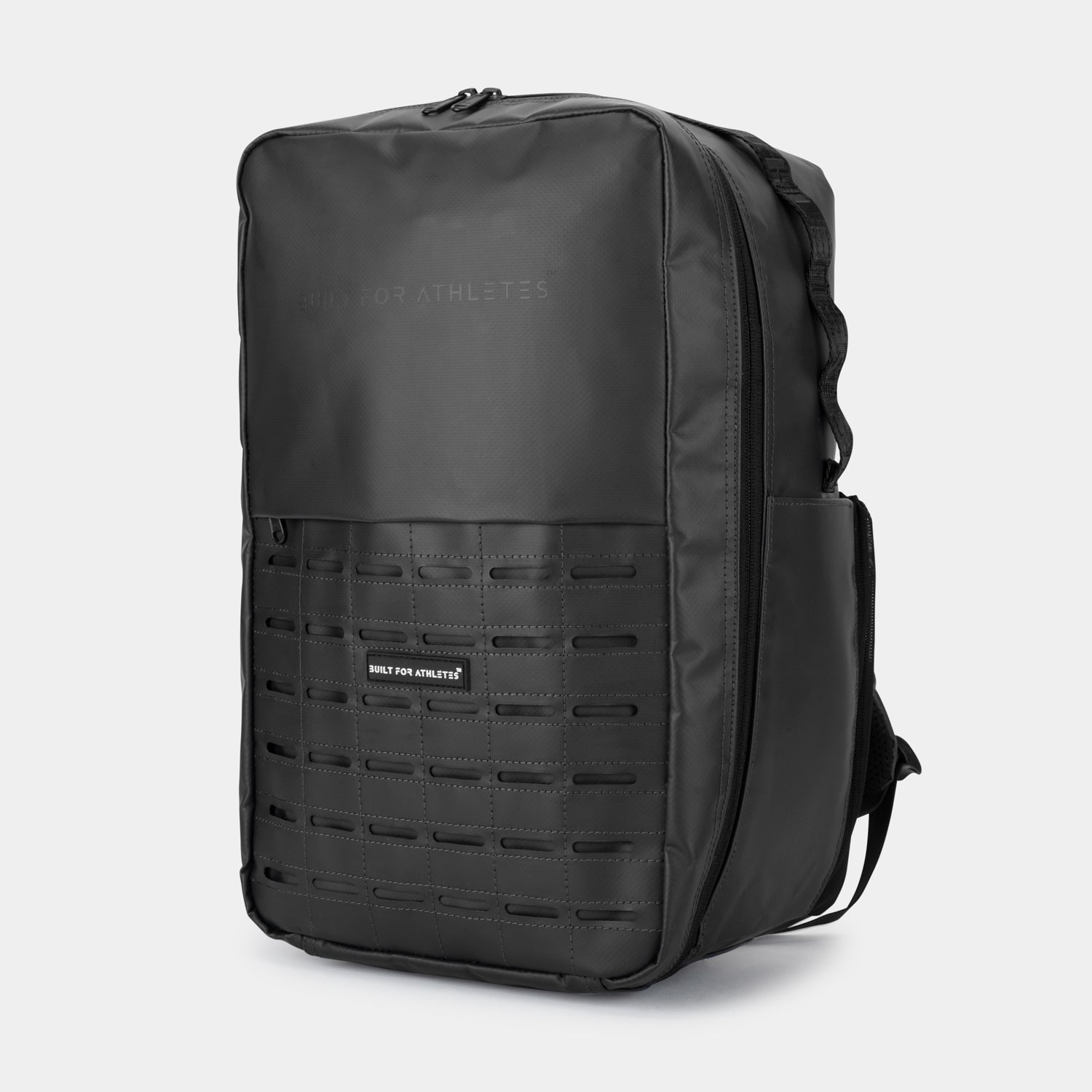Olympic divers seek to push their bodies to the absolute limit and have excruciatingly demanding training schedules to do so.
Some of the best Chinese athletes in the sport train six and a half days a week in the country’s State-sponsored programmes, and many western divers get close to that in order to compete at the highest level.
Here, Built for Athletes takes a closer look at how Olympic divers train.
Olympic Diver Training Overview
Much of the divers’ intense schedules are not spent in the pool. While putting in hours o practicing intricate dives is essential, a lot of drilling is done on mats, while plenty of time is spent in the weight room.
Due to the amount of work divers demand from their bodies, they must also have a strict recovery routine of stretching and rolling too.
American silver medalist from the 2016 Rio de Janeiro Olympic Games recently talked through a typical day of his training schedule with Oars + Alps. “Usually I wake up at 6:30 am and I study for about two hours before heading off to practice around 10 am.
“Sometimes I’ll hit the training room to get worked on by trainers and loosened up. At the pool, the first hour in the morning is what we call dryland routine, essentially diving-related exercises on the mats.
“The next hour we do basic drills and routines, and in the afternoon we get into the competitive dives. Depending on the day, in the afternoon I’ll also go lift, do pilates, or get a massage to keep my body healthy and prevent any back injuries. I really have to stay on top of all that.”
Olympic Diver Weights Workout
Divers look so lean and muscular on the board because of the dedication they put into their weight training. The 3m springboard specialists tend to focus more on lower-body power, so do a lot of squatting, but 10m divers just want to build fast explosive power.
A typical workout for GB 10m Diver Matty Lee, who is Tom Daley’s synchronised partner, starts with some jump lunges and barbell reverse lunges, doing around four reps on each leg.
He then moves on to upper-body work where he hits a slightly higher rep range depending on what stage of the season he’s in. Lee does three sets of eight reps for incline dumbbell fly and lat pull-down.
Lastly, he works on his hamstrings and glutes with hip thrusters at a weight of around 50-60kg for eight reps which helps him generate a solid jump off the board.

























































Share:
Warm-Up Routine Of A CrossFit Games Athlete
What CrossFit Games Champion Tia-Clair Toomey Keeps In Her Gym Bag